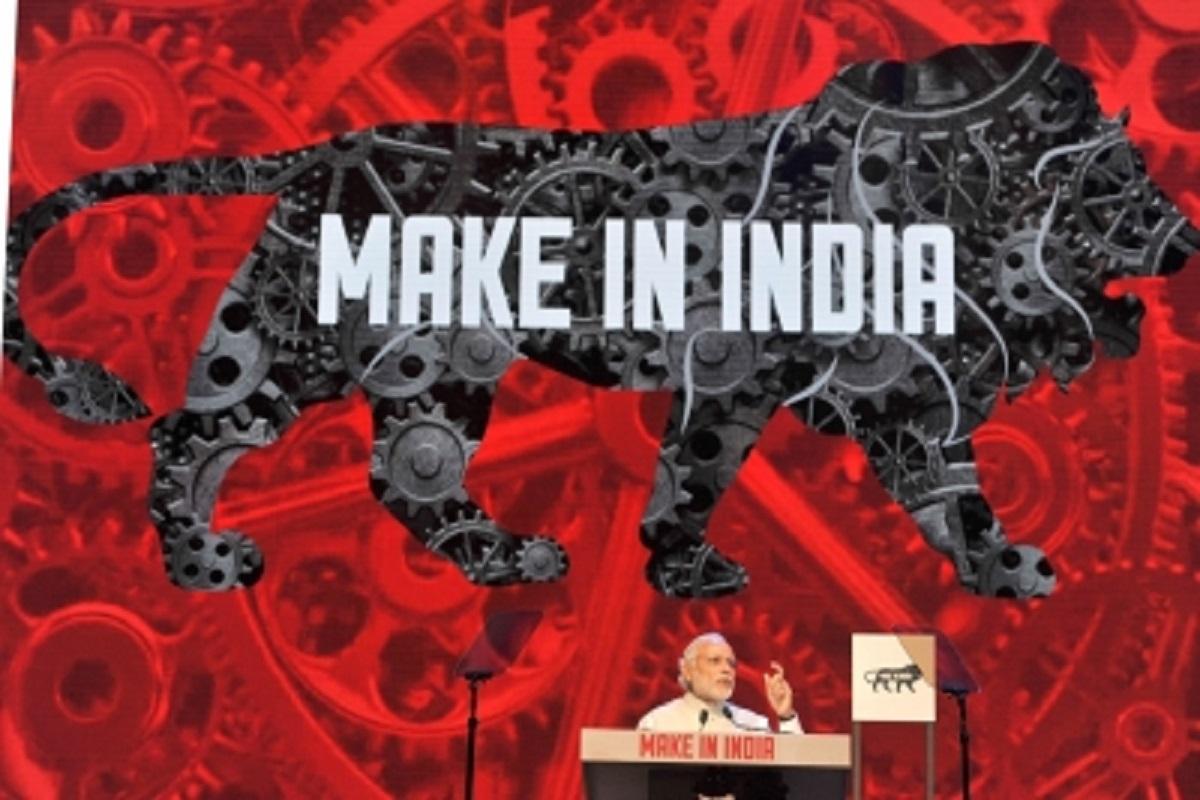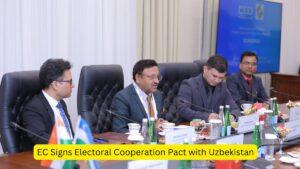Make in India, the flagship program of the Government of India that aspires to facilitate investment, foster innovation, enhance skill development, and build best-in-class manufacturing infrastructure, completes 8 years of path-breaking reforms on 25th September 2022. Launched in 2014 under the Prime Minister Shri Narendra Modi, ‘Make in India’ is transforming the country into a leading global manufacturing and investment destination. The initiative is an open invitation to potential investors and partners across the globe to participate in the growth story of ‘New India’. Make In India has substantial accomplishments across 27 sectors. These include strategic sectors of manufacturing and services as well.
Bank Maha Pack includes Live Batches, Test Series, Video Lectures & eBooks
Strategy So For:
To attract foreign investments, Government of India has put in place a liberal and transparent policy wherein most sectors are open to FDI under the automatic route. FDI inflows in India stood at US $ 45.15 billion in 2014-2015 and have since consecutively reached record FDI inflows for eight years. The year 2021-22 recorded the highest ever FDI at $83.6 billion. This FDI has come from 101 countries, and invested across 31 UTs and States and 57 sectors in the country. On the back of economic reforms and Ease of Doing Business in recent years, India is on track to attract US$ 100 Bn FDI in the current FY.
Production Linked Incentive (PLI) scheme across 14 key manufacturing sectors, was launched in 2020-21 as a big boost to Make in India initiative. The PLI Scheme incentivises domestic production in strategic growth sectors where India has comparative advantage. This includes strengthening domestic manufacturing, forming resilient supply chains, making Indian industries more competitive and boosting the export potential. PLI Scheme is expected to generate significant gains for production and employment, with benefits extending to the MSME eco-system.
Other Measures Taken:
To strengthen Make in India initiative, several other measures have been taken by the Government of India. The reform measures include amendments to laws, liberalization of guidelines and regulations, in order to reduce unnecessary compliance burden, bring down cost and enhance the ease of doing business in India. Burdensome compliances to rules and regulations have been reduced through simplification, rationalisation, decriminalisation, and digitisation, making it easier to do business in India. Additionally, Labour reforms have brought flexibility in hiring and retrenchment. Quality control orders have been introduced to ensure quality in local manufacturing. Steps to promote manufacturing and investments also include reduction in corporate taxes, public procurement orders and Phased Manufacturing Programme.
The National Single Window System (NSWS) has been soft-launched in September 2021 to improve the ease-of-doing-business by providing a single digital platform to investors for approvals and clearances. This portal has integrated multiple existing clearance systems of the various Ministries/Departments of Government of India and State Governments to enhance the investor experience.
The Logistics Concern:
The Government has also launched programme for multimodal connectivity to manufacturing zones in the country, called the Prime Minister’s Gatishakti programme, which will ensure logistical efficiency in business operations through the creation of infrastructure that improves connectivity. This will enable faster movement of goods and people, enhancing access to markets, hubs, and opportunities, and reducing logistics cost.
The One-District-One-Product (ODOP)initiative is another manifestation of the ‘Make in India’ vision for facilitating promotion and production of the indigenous products from each district of the country and providing a global platform to the artisans and manufacturers of handloom, handicrafts, textiles, agricultural and processed products, thereby further contributing to the socio-economic growth of various regions of the country.
The Toy Industry:
The Toy Industry in India has historically been import dependent. Lack of raw-material, technology, design capability etc. led to huge imports of Toys and its components. In 2018-19, Toys worth USD 371 Mn (Rs. 2960 cr.) were imported into our country. A large proportion of these toys were unsafe, substandard, counterfeit, and cheap.
To address the import of low-quality and hazardous toys and to enhance domestic manufacturing of toys, several strategic interventions have been taken by government. Some key initiatives include increase of Basic Custom Duty from 20% to 60%, implementation of Quality Control Order, mandatory sample testing of imported toys, granting more than 850 BIS licenses to domestic toy manufacturers, development of toy clusters etc. Several promotional initiatives including The India Toy Fair 2021, Toycathon 2021, Toy Business League 2022 were conducted to promote indigenous toys to encourage innovation and new-age design to suit global requirements.
Find More News Related to Schemes & Committees



 Paris Olympics 2024 Medal Tally, India M...
Paris Olympics 2024 Medal Tally, India M...
 Which District of Madhya Pradesh is Famo...
Which District of Madhya Pradesh is Famo...
 EC Signs Electoral Cooperation Pact with...
EC Signs Electoral Cooperation Pact with...

